When it comes to finding a new position, the current job market is strong and more competitive than ever. If you’re a job seeker, your resume has six to 30 seconds to capture a reader’s attention and convince them to continue scanning the entire document.
It’s important to avoid certain resume blunders so recruiters, human resources professionals, and hiring managers will give you the consideration you deserve.
Here are 10 ways to ensure your resume stands out.
Keep it short.
Many factors contribute to adult readers’ decreased attention spans, including the increased use of technology. Keeping your resume to one or two pages will help prevent decision-makers from ignoring it.
Make it scannable.
Structure your resume so it’s easily scannable, which enables the reader to focus quickly on sections relevant to a particular job. Additionally, highlighting key skills, technologies, industries, and clients at the beginning of your resume is an important competitive step in the job search process.
Consider design.
When considering resume design, consulting with an expert for guidance is a good idea. Whether you should use a chronological, functional, or hybrid resume layout design depends on certain variables: How long have you been working? Are you pursuing a role in the public or private sector? Are you an independent contractor, consultant, or executive? Are you shifting careers?
Show, don’t tell.
Gone are the days when companies used resumes to evaluate whether potential candidates could simply perform daily responsibilities outlined in a job description. These days, decision-makers want to see numbers, metrics, dollars, and quantities, which transforms you from a “worker bee” to a revenue and business growth partner.
Target roles.
Whether to create several resume versions or just one is an age-old question. One way to approach it is to focus on the functional roles you plan to pursue. Start by identifying your top one to three functional role choices.
Next, create a different resume version for each. That way, you’ll only need to make slight modifications to align resume content with key requirements and company values noted in the job description before applying (in summary, areas of expertise, technical skills, key accomplishments, etc.).
Mind the wording.
Your resume is a marketing tool that should help you stand out against other candidates. Avoiding oversaturated terms like “results-driven” is a critical strategy. Instead of telling the reader that you “focus on producing results”, offer proof by including key accomplishments that start each sentence with a verb, explains business challenges, and highlights metrics or outcomes.
Format well.
Certain types of formatting can throw off the applicant tracking systems that many companies rely on. Consider using simple, streamlined resume layouts without complex graphic design, fonts, columns, and text boxes.
Also, utilizing keywords strategically and frequently is another great solution for ensuring the resume makes it past the applicant tracking system screening criteria and into the hands of the hiring manager.
Understand keyword placement.
Including keywords on your resume is a fantastic way to show alignment between job requirements and relevant professional experience and accomplishments. However, you should avoid simply adding a keyword section at the bottom of the resume to mirror job description requirements.
Instead, weave keywords into specific resume sections where they’re relevant. The latter approach allows recruiters and hiring managers to get a realistic view of how well you comprehend the role, company, and relevant industry.
Focus on strengths.
Regardless of your work history, there’s often a positive aspect to the situation in which you can focus. For example, if you spent a long time as an executive at a company, your long tenure could show stability, loyalty, and deep experience in providing strategy.
Or, if you demonstrate career progression over time, you may be considered a great coach who brings a holistic organizational perspective because you’ve been involved in the business at various operational and professional levels.
Limit personal information.
Before it became simple to find anyone using social media, it was important to list all personal information on a resume so the hiring manager could easily reach you for further screening, an interview, or the dreaded rejection letter. Continue to include your name, email, one contact number, relevant credentials (such as certifications and degrees), and social media links (LinkedIn profile, online portfolios, published articles, etc.).
It’s no longer necessary to include your home address on your resume. Keep in mind that social media has made some things easier to uncover about candidates, yet it has also increased privacy and safety issues. Additionally, if you’re engaging in a job search, consider removing from your social media profiles and accounts things you wouldn’t normally discuss in public, including references to politics and religion.
Finding a job in the current market can feel challenging, yet some mindful adjustments to your resume can help it stand out in a sea of qualified candidates. Considering the changes noted above, attaining clarity on the type of role(s) desired and applying a bit of perseverance will bring you that much closer to getting the job that ticks all your boxes.
Nicole Darby is a learning and development (L&D) leader, working for 20+ years in large corporations and as a consultant and career coach, helping 2,000 individuals return to work or find dream careers. At TrainingPros, she makes each independent consultant feel welcomed and supported so they can offer the best L&D consulting to clients. She earned a master’s degree in human resource development from Georgia State University and a bachelor’s degree in broadcast journalism from the University of Florida. When learning leaders have more projects than they have people, TrainingPros can provide the right L&D consultants so they can start their projects with confidence. TrainingPros is a WBENC-Certified Women’s Business Enterprise. Visit TrainingPros for more information.
- Nicole Darbyhttps://www.womensbusinessdaily.com/author/nicole-darby/
- Nicole Darbyhttps://www.womensbusinessdaily.com/author/nicole-darby/
- Nicole Darbyhttps://www.womensbusinessdaily.com/author/nicole-darby/







